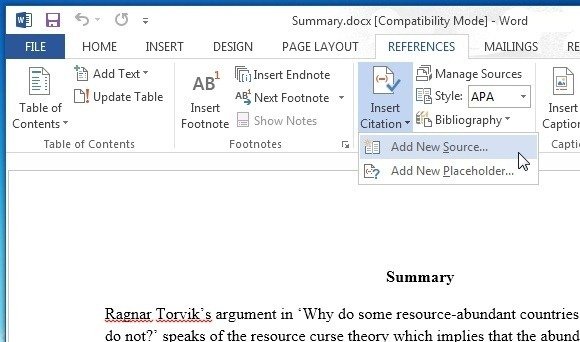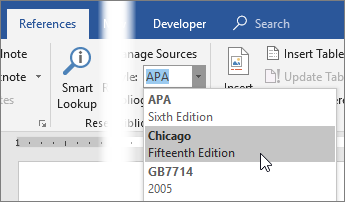
Almost all people are familiar with MS word, but only a fraction of our collaborators are familiar with the latex. The most important of all is the collaborative purpose. But MS word offers several features like a spelling and grammar checker, easy writing without memorizing the codes for different tasks that have a definite advantage over the latex. Therefore, you can find out the Insert Citation button with following steps: Click the References Tab Go to Citations & Bibliography group And then you will see the Insert Citation button sooner. Latex can do it smoothly and efficiently. The Word 2003’s Reference Menu items are moved to Reference tab in Microsoft Office 2007/2010/2013/2016/2019 Ribbon. If your paper has many equations, then probably the best and the easiest way for you would be to write your manuscript in latex. It is essential to insert equation numbers if you are working on your thesis and/or any scientific paper consisting of a lot of equations.
Create equation template for quick insertion. Template for easy insertion of equations. In this post, I will show you some of the easiest ways to insert equations. It is essential to insert equation numbers in your thesis and/or any scientific paper. Interactive data visualization with bokeh. Build a flask web application: sea level rise monitoring. Visualizing power spectral density using obspy. Write ascii data to mseed file using obspy. Getting started with obspy - downloading waveform data. Automatically plotting record section for an earthquake in the given time range. Plotting seismograms with increasing epicentral distance. Plotting track and trajectory of hurricanes on a topographic map. Plotting 1 arc-minute global relief map. Plotting the geospatial data clipped by coastlines. Pygmt: high-resolution topographic map in python. Three-dimensional perspective map of taiwan using gmt and pygmt. High-quality maps using the modern interface to the generic mapping tools. Non-linear curve fitting to a model with multiple observational variables. Monte carlo simulations to test for the correlation between two dataset. Locating earthquakes using geiger’s method. Numerical tests on travel time tomography. Simple wave modeling and hilbert transform in matlab. #Insert reference in word 2016 series
Introduction to the time series analysis.Introduction to the exploratory factor analysis.
 Estimation of the degrees of freedom for time series. Avoiding common mistakes in analyzing correlations of two time-series.
Estimation of the degrees of freedom for time series. Avoiding common mistakes in analyzing correlations of two time-series.  Hypothesis test for the significance of linear trend. Easily integrate custom functions in matlab with python. The easy way to compute and visualize the time & frequency correlation. Monte carlo methods and earthquake location problem. Genetic algorithm: a highly robust inversion scheme for geophysical applications. Signal denoising using fourier analysis in python. Numerically solving initial value problems using the runge-kutta method. How effective is the signal denoising using the matlab based wavelet analysis. Numerical methods for scientific computation. Then choose the results you wish to insert as a reference, and insert the reference using the "Insert" button at the bottom. In the Endnote X7 "Find & Insert My References" box, enter a search term for your reference, and then press "Enter".
Hypothesis test for the significance of linear trend. Easily integrate custom functions in matlab with python. The easy way to compute and visualize the time & frequency correlation. Monte carlo methods and earthquake location problem. Genetic algorithm: a highly robust inversion scheme for geophysical applications. Signal denoising using fourier analysis in python. Numerically solving initial value problems using the runge-kutta method. How effective is the signal denoising using the matlab based wavelet analysis. Numerical methods for scientific computation. Then choose the results you wish to insert as a reference, and insert the reference using the "Insert" button at the bottom. In the Endnote X7 "Find & Insert My References" box, enter a search term for your reference, and then press "Enter". 
On the Endnote X7 toolbar select "Insert Citation(s)"".Search for citations within Word, and then insert them into your document. Your citations have now been added to your Word document.Ģ.Return to your Word document, and on the Endnote X7 toolbar select "Insert Selected Citation(s)"".

Holding down the "Control" key will allow you to select more than one reference at a time.
From your Endnote library, select the reference or references you wish to insert. In your Word document, place the cursor at the point where you to insert your reference(s). Select one or more references in your Endnote library, and then insert them into your document. There are two ways to insert a reference from an Endnote library into a Word document.ġ.








 0 kommentar(er)
0 kommentar(er)
